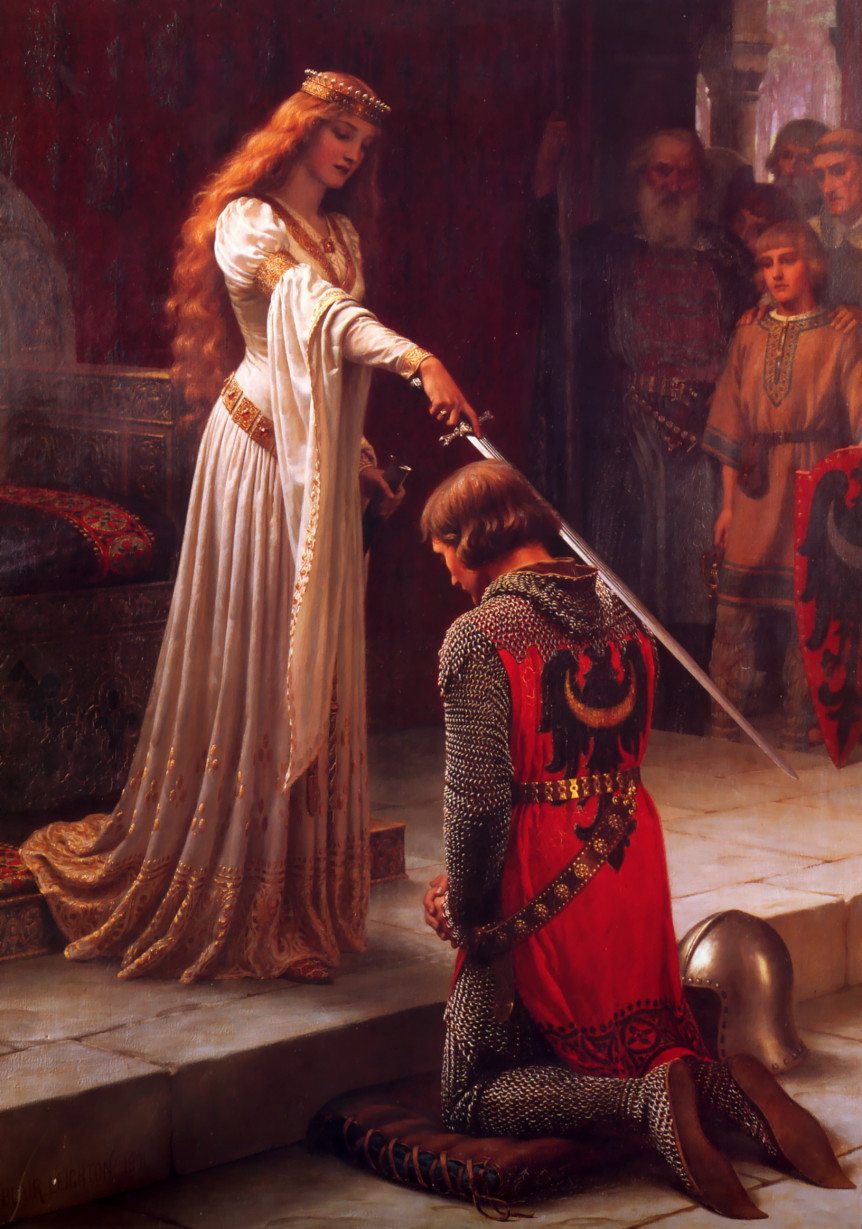Self-Conquest
The virtue of sacred chastity will grow within you according to the intensity of the divine life of grace. Yet, we must all beware! This divine life, though in itself indestructible within the Most Holy Trinity, on being infused in man discovers that man’s heart has severe congenital cardiac weakness due to the fall-out of Original Sin. This can easily and rapidly jeopardize the divine life unless man accepts surgery.
This heart surgery has three dimensions:
- Firstly rejection of temptations and occasions of sin
- Secondly the battle for self-mastery through control of disordered tendencies of the passions to pleasure
- Thirdly, growth in the theological and moral virtues by exercising them in the sacraments, prayer and self-giving in actions.
Self-Conquest! There is no other way! Love, all forms of love, whether of human friends, siblings or spouses, when constantly defended, nourished, replenished, repaired, protected and irrigated grows vibrant; if not, it withers.
Just as the cornea and lens forms an image on the retina of the rays of light entering the eye through the pupil, so does self-conquest focus a man’s free-will to allow the radiance of grace to form the image of Christ in the soul. To deny or ignore the role of grace and self-conquest is to be like the man trying to see without pupils or hear without the ear drum: it is to act “ outside” not “ inside” reality. All the failures in a normal male to live sacred chastity as a priest are rooted in the practical denial of the fact that growth in grace and the exercise of self-conquest are as close as fraternal twins.
Through your self-conquest seconding the action of grace, you follow Jesus Christ who told his followers, “If any man would come after me, let him deny himself and take up his cross and follow me”(Mt.16:24). Here is where “The Kingdom of Heaven has suffered violence and men of violence take it by force” (Mt.11:12).
Such self-conquest resonates with the masculine psychology for it is the way par excellence in which he is called to assert his manliness – but it is particularly important if he is consecrated to God through sacred celibacy. In the biography of St.Hugh, Bishop of Lincoln, we are told how he became a priest in the Carthusians but we are also told that his father, William, ‘a nobleman and flower of knighthood’ had likewise entered a monastery: ‘he laid aside the burden of earthly soldiering for heavenly….He donned armor against the flesh, soldiered against himself, and himself overcame himself, both conqueror and conquered in one and the same conflict.’ (The Metrical Life of Saint Hugh of Lincoln)
Meanwhile, the young Hugh faced his own temptations, which he described in a letter to Adam of Eynsham: „The tempter direct[ed] all the ancient weapons of his infernal armory against a new recruit to this holy warfare, and in particular, as if from a very powerful crossbow, he shot bolts which, he hoped I could not resist since they were part of myself. I meant that he aroused my carnal lusts”. Adam reported that when assailed by lust Hugh “the valiant warrior, now being fiercely attacked,…..defended himself….winning a magnificent victory” notwithstanding the fact that “the angel of darkness fought with him to deliver him into the dark night of evil consent”. (Adam, Eynsham, The Life of St.Hugh of Lincoln)
Hugh showed the same strength and bravery in defending a group of Jews from an angry mob: The “nobleman and flower of knighthood” in order to protect them “bravely and intrepidly often advanced unarmed into the midst of an armed band, and stood calm, undaunted and bareheaded amongst the naked brandished swords and clenched fists’. As a commentator wrote:
“Thus, we see in Hugh of Lincoln the epitome of monastic masculinity: a monk who achieved chastity after fierce battle, and a man who exhibited bravery beyond the grasp of secular warriors. An anonymous life characterized him as someone who ‘was not afraid to declare war on all forms of evil. The steed on which he charged into battle was his own body, while for armor he had the shield of integrity.’ ……. A monk’s battle for chastity proved not only his spiritual prowess but also his masculinity. The monk had the sexual virility that was a marker of manhood but he transcended and conquered lust in a way that enhanced his masculinity…..Here was a new kind of hero, one who integrated masculine identity and religious identity: a man’s man for a new age, a hero whose sexual prowess was reaffirmed by the temptations of the flesh and whose military prowess was demonstrated in the battle for chastity.” (JACQUELINE MURRAY, “Masculinizing Religious Life”, p.36-37 in Holiness and Masculinity in the Middle Ages, ed. P.H.CULLUM and KATHERINE J.LEWIS, University of Toronto Press, Toronto, 2005).


